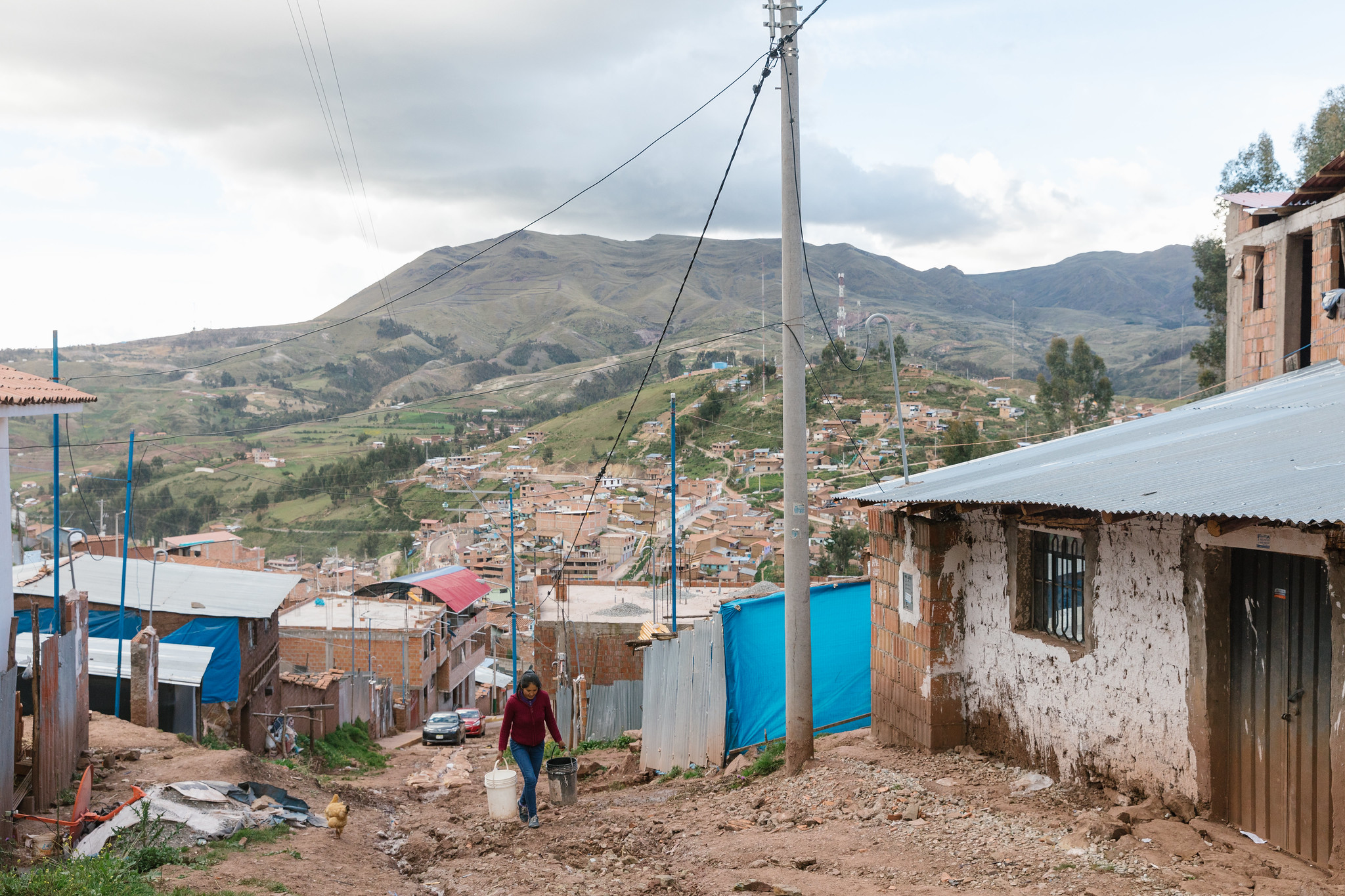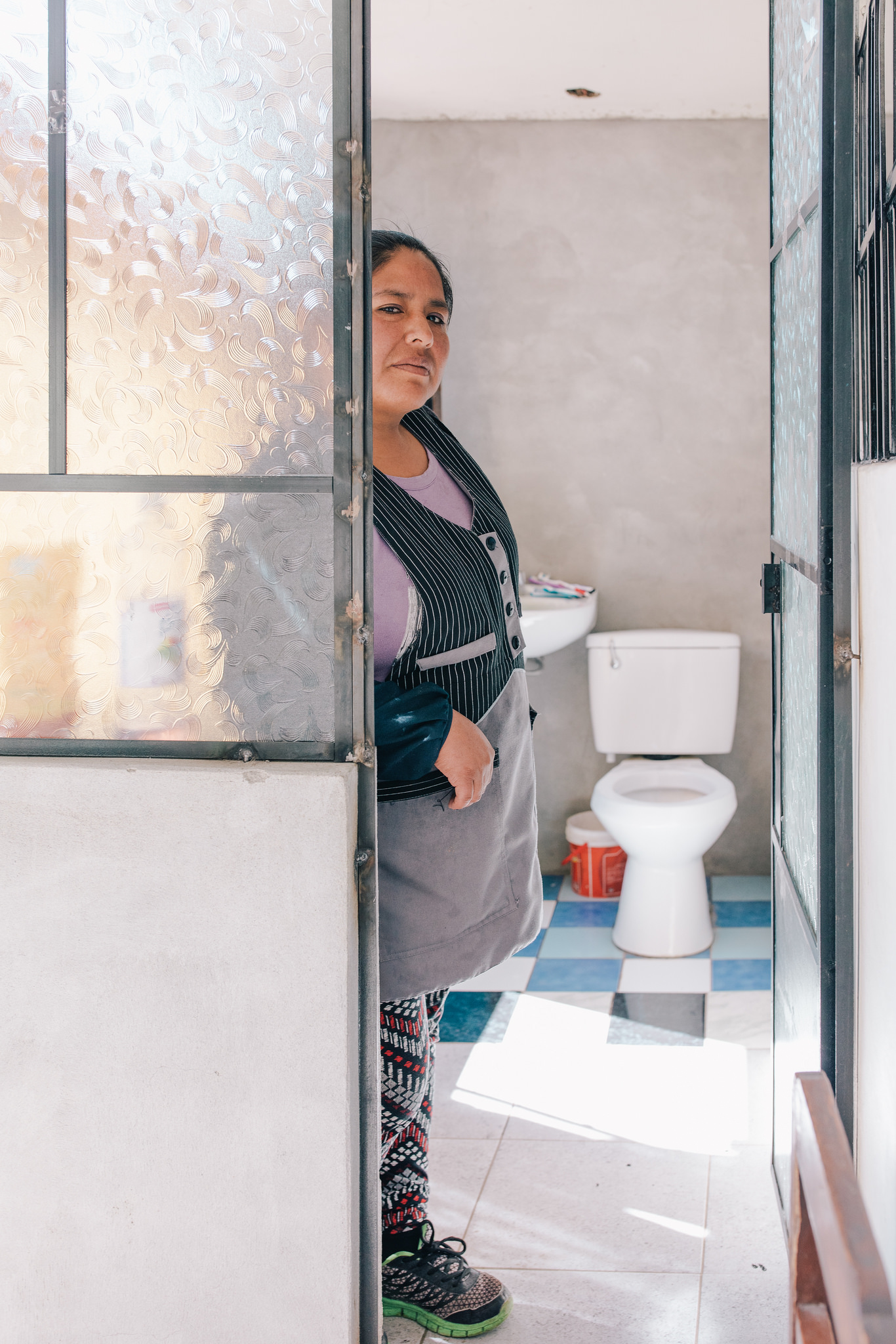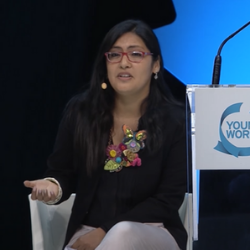By Yanina Rumiche
During the first few months of the COVID-19 pandemic, the world received the same message - 'wash your hands with soap and water'. But this is simply not possible for those who have never had access to water. Families have become more vulnerable than ever and Latin American governments cannot always guarantee that families will achieve access to 'safely managed water'. This is improved water that is located on-premises and available when needed (UNESCO, 2019)
Over the past few decades, millions of dollars have been invested to guarantee piped water connections grids. However, these grids have eluded many low-income communities in Latin America. This is due to one principal reason - the financial barriers that low-income communities face in accessing water connections and connecting to water supply grides results in them paying more for non-drinking water. Moreover, a piped water connections grid requires a minimum percentage of connections to be sustainable, otherwise, the network will be soon become obsolete and will leave households without access again.

This problem inspired Water.org co-founders Gary White and Matt Damon to develop a 'WaterCredit' model which finances access to water connections via microloans.
During the time I have been working with water.org, my colleagues and I have helped to MFI in Peru to design, pilot, and scale their microloan programs; to ensure the successful implementation of their WaterCredit lending programs. This micro-loan currently benefits more than 2 million people, completing the last mile, to connect their homes. However, “only 66.6% of Peruvians had coverage by piped water connections grid” (INEI, 2018).
The gratitude of the families is evident every time I meet them and they tell me how the new water connections have improved their quality of life. As well as these personal benefits, microfinance is also a winning proposition with a 99% repayment rate for loans, with every repaid loan meaning that another family can get access to safe water at home. It is a cycle that continues to reach more and more people, creating new opportunities for families around the world.

Even in the middle of the COVID-19 pandemic, "only 65% of families in Latin America and Caribbean have access to drinking water" (IDB, 2018a). Latin America is investing in piped water connections, but for these to be used in every household, two main things need to happen:
-
Governments should promote mechanisms to promote access to affordable financing, for example, low-interest micro-loans for water connections. This is necessary to promote funds for economic sectors that provide development in Latin American economies. In this regard, a study bu the UN-Water shows that "for every dollar invested in water and sanitation, $4.3 are saved in health" (UN, 2014)
-
Evaluation and training of household water connections. "94% of housing in Latin America have a quality deficit, for example, 3% is owed to a poor roof, 6% to a dirty floor, 2% to poor walls" (IDB, 2018b). Water connections are not evaluated and approved, leading to excessive costs in the short-term.
For the piped water connections grid, and the next one to be used, mechanisms need to be promoted so that Latin American households are connected. Governments, academic, business and civil society have the challenge of articulating, developing and implementing the solutions needed to ensure that last-mile access to grids is achieved. At the same time, young people need to be more involved in this sector, a sector that I have known for more than 5 years. I encourage you, the young leaders of One Young World, to mobilize your efforts towards this sector and ensure that everyone has their human right to water met.
Photo credit: Water.org.
References
-
INEI (2018), Perú: Perfil Sociodemográfico. Informe Nacional. Censos Nacionales 2017: XII de Población, VII de Vivienda y III de Comunidades Indígenas. Lima. Agosto, 2018, p.340. https://www.inei.gob.pe/media/MenuRecursivo/publicaciones_digitales/Est/Lib1539/libro.pdf
-
UNESCO (2019), United Nations Educational, Scientific and Cultural Organization, Informe Mundial de las Naciones Unidas sobre el Desarrollo de los Recursos Hídricos, 2019. Pag17. https://www.acnur.org/5c93e4c34.pdf
-
IDB (2018a), Inter-American Development Bank. FROM STRUCTURES TO SERVICES The Path to Better Infrastructure in Latin America and the Caribbean, 2018, p.126 https://publications.iadb.org/publications/english/document/From-Structures-to-Services-The-Path-to-Better-Infrastructure-in-Latin-America-and-the-Caribbean.pdf
-
UN (2014), United Nations -Water Global Analysis and Assessment of Sanitation and Drinking-Water, https://news.un.org/en/story/2014/11/484032-every-dollar-invested-water-sanitation-brings-four-fold-return-costs-un
-
IDB (2018b), Inter-American Development Bank. HOUSING, WHAT’S NEXT? FROM THINKING THE UNIT TO BUILDING THE CITY, 2018, p.52 https://publications.iadb.org/publications/english/document/Housing_Whats_Next_From_Thinking_The_Unit_to_Building_The_City.pdf

Yanina Rumiche is a OYW Ambassador and Manager, Programs at Water.org. She is known for her work giving low-income communities access to water connections in Latin America, having worked in this sector for the past 5 years in Perú.